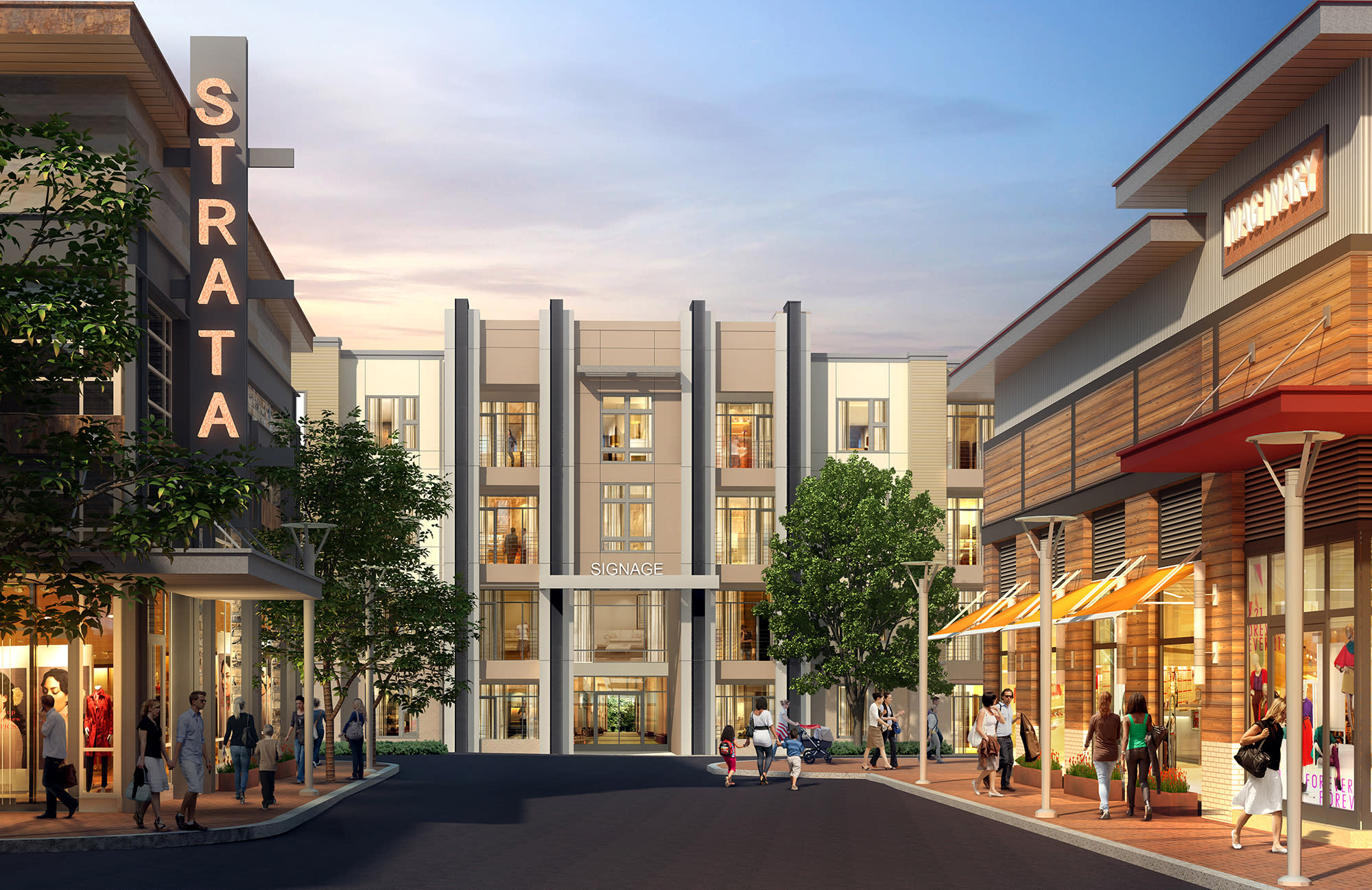
To many people, the term “urban growth” connotes shiny new high-rise buildings or towering skyscrapers. But in a new analysis of 478 cities with populations of more than 1 million people, researchers at the Yale School of Forestry & Environmental Studies (F&ES) found urban growth is seldom typified by such “upward” growth. Instead, the predominant pattern in cities across the world is outward expansion: Think suburbs instead of skyscrapers.
These outward patterns of urban growth are generally considered inefficient and unsustainable because of their high energy and maintenance demands and intensive land use. However, the study points to opportunities to promote more sustainable development in many of the world’s growing cities where outward growth is occurring at a slower pace.
“While these trends are probably not sustainable in the long term, it’s not too late to shape the future of what these cities look like,” said Richa Mahtta, a research associate at F&ES and lead author of the paper. “However, we must act soon, before all the urban infrastructure is built and energy consumption becomes locked in. Once cities are fully established, both their spatial patterns and associated human behavior are difficult to change.”
According to their findings, notable exceptions to this global trend are found in East and Southeast Asia — including parts of China and South Korea — where there has been a steep rise in construction of high-rise buildings.
The paper, which is published in Environmental Research Letters, is co-authored by Karen Seto, a professor of geography and urbanization science at F&ES, and Anjali Mahendra, director of research at the World Resources Institute’s Ross Center for Sustainable Cities.
“This is the largest dataset that maps both upward and outward urban growth, and it shows that for most of the world’s cities with populations greater than 1 million, urban-related energy demand pathways are still in their infancy,” Seto said.
Using remote sensing data to analyze the horizontal and vertical growth of the cities, the researchers categorized the world’s urban areas into five urban growth typologies:
- Stabilized (32 percent), where there is negligible outward growth and low upward growth (e.g., North America, South America, and Europe).
- Outward (11 percent), where changes in horizontal expansion are high and vertical growth is low, (e.g., India, Africa, and China).
- Budding outward (46 percent), where the initial urban footprint was low, outward expansion is moderate, and upward expansion very low, a pattern that is happening all around the world.
- Mature upward (5 percent), where development is already well established, upward growth is moderate, and outward growth negligible (e.g., Osaka, Japan and Paris, France).
- Upward and outward (6 percent), where urban growth is occurring vertically and horizontally (e.g., including some large cities in China, South Korea, and the United Arab Emirates).
While geographic boundaries and higher land prices limit expansion in some areas (Hong Kong and Singapore) and population declines are affecting others (Japan and South Korea), in many urban areas of China (Shanghai, Suzhou, and Wuxi), increased population and the country’s role in land acquisition, construction, and investment are driving growth that is both vertical and horizontal.
In contrast, in places where populations are growing but zoning is sometimes restrictive (India) or economic development policies are lacking (parts of Africa), the combination of factors is driving low-rise, outward urban expansion.
Since nearly half of the world’s urban growth in terms of land area falls under the category of “budding outward,” where growth is slow-paced, there remains a significant window of opportunity to shape future urban growth, Mahtta said.
“For these places especially, we have to change their course of urban development to make it more low carbon, walkable, resource efficient, and resilient,” she said. “There’s still time.”

